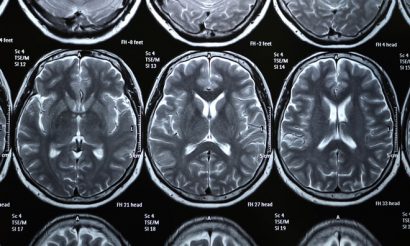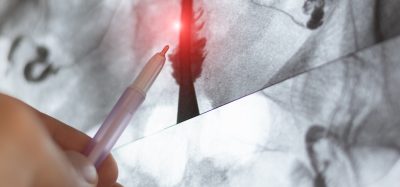€3.3 million to improve medical imaging detail tenfold
Posted: 3 November 2016 | Niamh Louise Marriott, Digital Content Producer | No comments yet
A recent investment of €3.3 million will allow researchers to improve the detail of medical imaging ten times over, which will allow for tumour scanning…


For all of its benefit to society, the technology we use for medical imaging is nevertheless flawed and relevant little details go undetected due to limitations in resolution. But a recent investment in research at KTH Royal Institute of Technology aims to improve the picture – by at least 10 times.
There are today several ways to explore how our bodies look inside. Computerised tomography (CT) and X-ray are two of the most widely-known techniques. But increasing emphasis is placed on imaging the functions of the body, preferably at the molecular level.
Magnetic resonance imaging (MRI) and ultrasound show physiological functions, while tomographic cameras such as SPECT and PET can provide insight on the molecular function level.
Biomedical imaging to observe the smallest detail
“A picture is worth a thousand words, especially in the biomedical field,” says Hans Hertz, Professor of Biomedical and X-ray Physics at KTH. “With higher resolution in the macroscopic methods, and the ability observe the smallest detail; we can expect increased biomedical understanding and better diagnostic tools in the future.”
Hertz is the main applicant for the research, Molecular X-ray Micro Imaging, which has received more than €3.3 million, spread over five years, from the Knut and Alice Wallenberg Foundation.
Classical X-ray provides the best resolution and clean detail, down to .5 mm in human subjects, and .1 in mice.


The scientists are looking ten times more detail than MRI
“Then however we get almost only structural information. MRI and ultrasound are somewhere around 1 mm, while molecular methods PET and SPECT can show 2-3 mm. In this research project, we intend to develop molecular medical imaging with a goal of reaching 0.1 mm while retaining acceptable exposure times and doses.”
“That means ten times better detail for medical imaging”
The immediate objective is to improve pre-clinical medical X-ray imaging in small animals, but long-term methods should be developed to clinically benefit humans.
Tumour identification
The new imaging method uses X-ray fluorescence of metallic nanoparticles that, for example, could search for tumours with the help of specific surface molecules.
“The nanoparticles provide a so-called molecular selection,” Hertz says. “Targeted nanoparticles are a strong and growing research field of nanomedicine with broad applications in the future.”
In this film KTH presents Microdose Mammography – a revolutionary innovation in the area of medical x-ray imaging. Microdose Mammography counts x-ray photons, which facilitates the detection of cancers. Through KTH´s revolutionary method the situation now looks much brighter for women worldwide.Source: KTH Royal Institute of Technology
Besides the field of medical imaging, targeted nanoparticles could be used in drug targeting, he says. “We will benefit greatly from the knowledge from this development to produce nanoparticles with appropriate biomedical parameters for our project. When the method works, we will continue to develop it with other applications and long-term clinical applications.”
Related organisations
KTH Royal Institute of Technology




